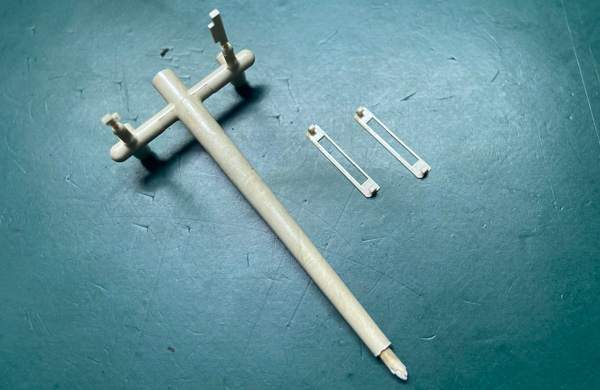Sink marks on the side walls of molded parts are a relatively common issue in the plastic injection molding process. These sink marks are usually caused by local shrinkage of the plastic after the mold gate seals or due to insufficient material. So, how can we effectively solve the problem of sink marks on the side walls of molded parts? This article will delve into this topic from multiple aspects.
Firstly, we need to understand the causes of sink marks. They often appear in areas where the wall thickness of the molded part increases, such as near external sharp corners, at abrupt changes in wall thickness, or behind protrusions, ribs, or supports. However, they can also appear in other nontypical locations. Ultimately, the cause of sink marks lies in the thermal expansion and contraction properties of the material. The extent of expansion and contraction of the molded part during this process is influenced by various factors, with the properties of the plastic, the temperature difference range during injection molding, and the holding pressure in the mold cavity being the most crucial. Additionally, the size and shape of the injection molded part, as well as the cooling rate and uniformity, also affect the occurrence of sink marks.

During the plastic molding process, the amount of expansion and contraction of the material is closely related to the thermal expansion coefficient of the plastic being processed. This thermal expansion coefficient during the molding process is referred to as "molding shrinkage". As the molded part cools and shrinks, its tight contact with the cooling surface of the mold gradually diminishes, leading to a decrease in cooling efficiency. At the same time, the molded part continues to shrink as it continues to cool.
It is particularly noteworthy that semi-crystalline plastic materials have a higher molding shrinkage rate, which makes the problem of sink marks more severe. In contrast, non-crystalline materials have a lower molding shrinkage, significantly reducing the occurrence of sink marks.
Furthermore, molded parts with thicker walls have a longer cooling time and are more prone to significant shrinkage. Therefore, excessive thickness is one of the fundamental causes of sink marks. When designing injection molded parts, we should try to avoid designing parts with thick walls. If it is unavoidable to have uneven wall thickness, we should consider designing the parts as hollow to effectively reduce the occurrence of sink marks.